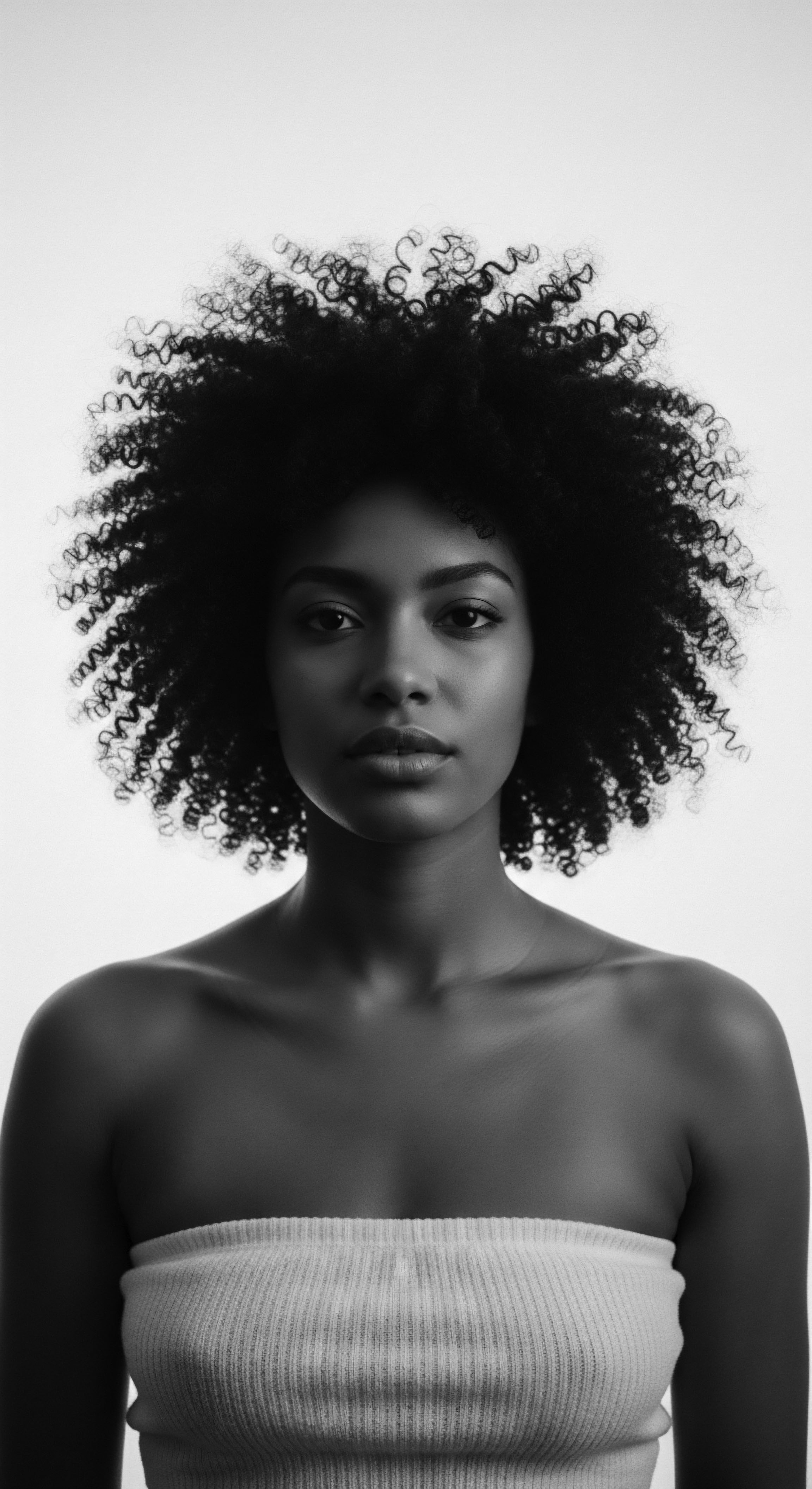
Fundamentals
The concept of “Identity and Hair” is a profound declaration of selfhood, particularly within the vast and varied landscapes of textured hair heritage. It signifies far more than mere aesthetic preference or biological attribute. At its simplest, this idea conveys the deep connection between one’s outward presentation of hair and the inner sense of who they are, how they perceive themselves, and how they wish to be seen by the world.
For individuals with textured hair, especially those of Black and mixed-race descent, this connection is imbued with layers of history, culture, and ancestral wisdom. It is a dialogue between the visible crown and the invisible spirit, a silent language spoken through coils, curls, and kinks.
The meaning of Identity and Hair for these communities is a reflection of collective memory, resilience, and creative expression. It speaks to practices passed down through generations, to the understanding that hair is not just fiber, but a living extension of one’s lineage. This fundamental understanding suggests that the choices made regarding hair, from styling to care rituals, are deeply personal acts that simultaneously resonate with a broader cultural narrative. It is an acknowledgment that every strand carries echoes of the past, informing the present, and shaping future expressions of self.
Identity and Hair, for textured hair communities, is a vibrant articulation of selfhood deeply rooted in ancestral practices and cultural continuity.
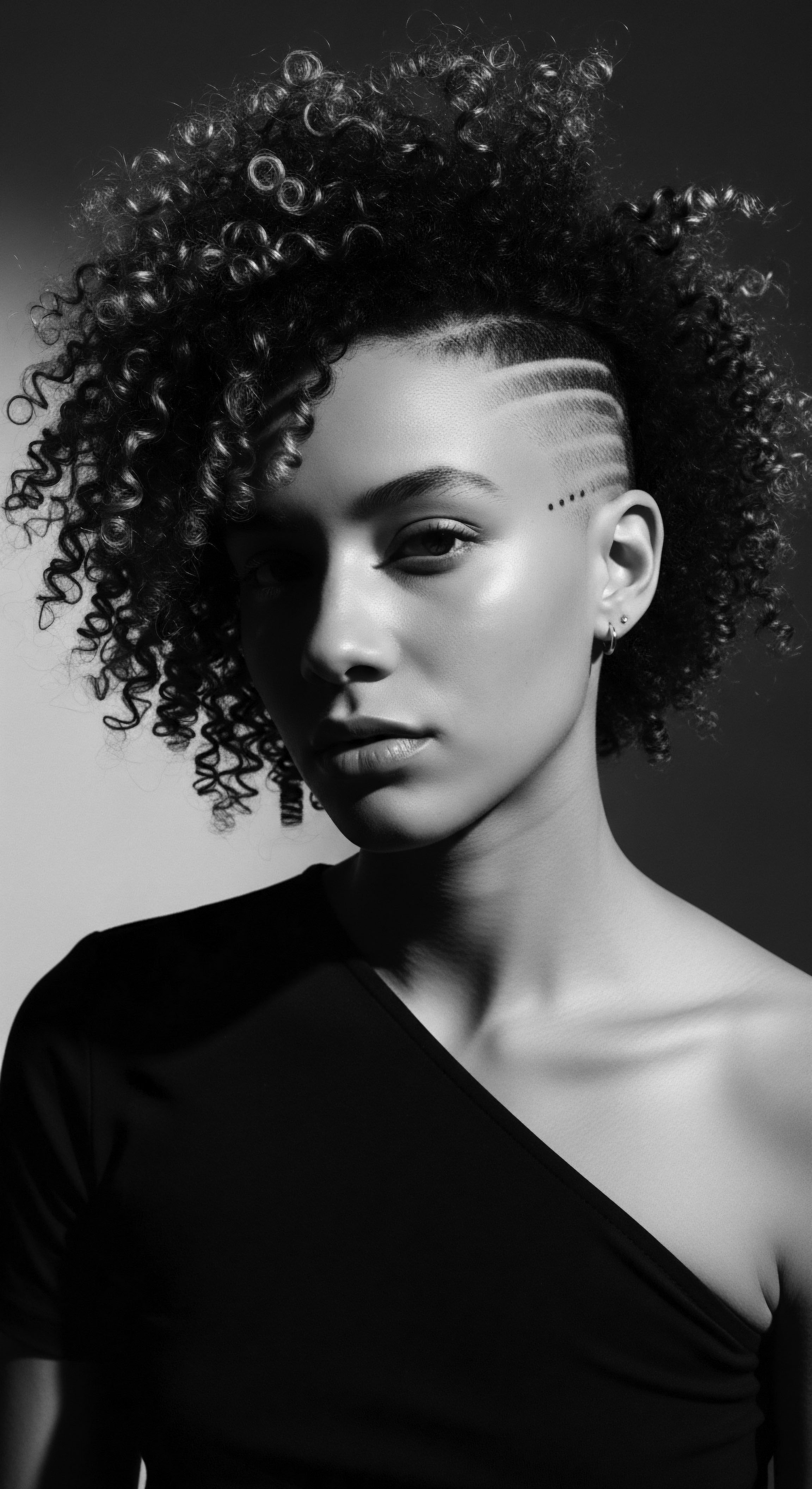
Early Roots ❉ Hair as a Communicator
In many ancient African societies, hair served as a sophisticated communication system, a visual lexicon that conveyed a wealth of information about an individual’s place within their community. A person’s hairstyle could indicate their age, marital status, social rank, spiritual beliefs, or even their tribal affiliation. This elaborate form of non-verbal communication was deeply integrated into daily life and ceremonial practices.
The intricate patterns of braids or the careful shaping of an Afro were not arbitrary choices; they were deliberate expressions of belonging and status. For instance, in West African societies during the 1400s, one’s hairstyle could reveal their wealth or even their surname.
The traditional care rituals associated with these hairstyles were communal, often involving hours of patient styling that fostered bonds among family and friends. These sessions were opportunities for storytelling, for passing down oral histories, and for reinforcing cultural values. The tools used, such as combs carved with specific symbols, also held cultural significance, further cementing the sacred and communal aspect of hair care.
- Social Status ❉ Hairstyles frequently denoted an individual’s position within a societal hierarchy, with more elaborate styles often reserved for those of higher standing.
- Marital State ❉ Certain hair arrangements could signal whether a woman was single, married, or a new mother, guiding social interactions.
- Spiritual Connection ❉ Hair was often considered a conduit for spiritual energy, connecting individuals to ancestors and the divine realm.
- Tribal Affiliation ❉ Distinctive styles served as markers of ethnic identity, allowing recognition of one’s community from afar.
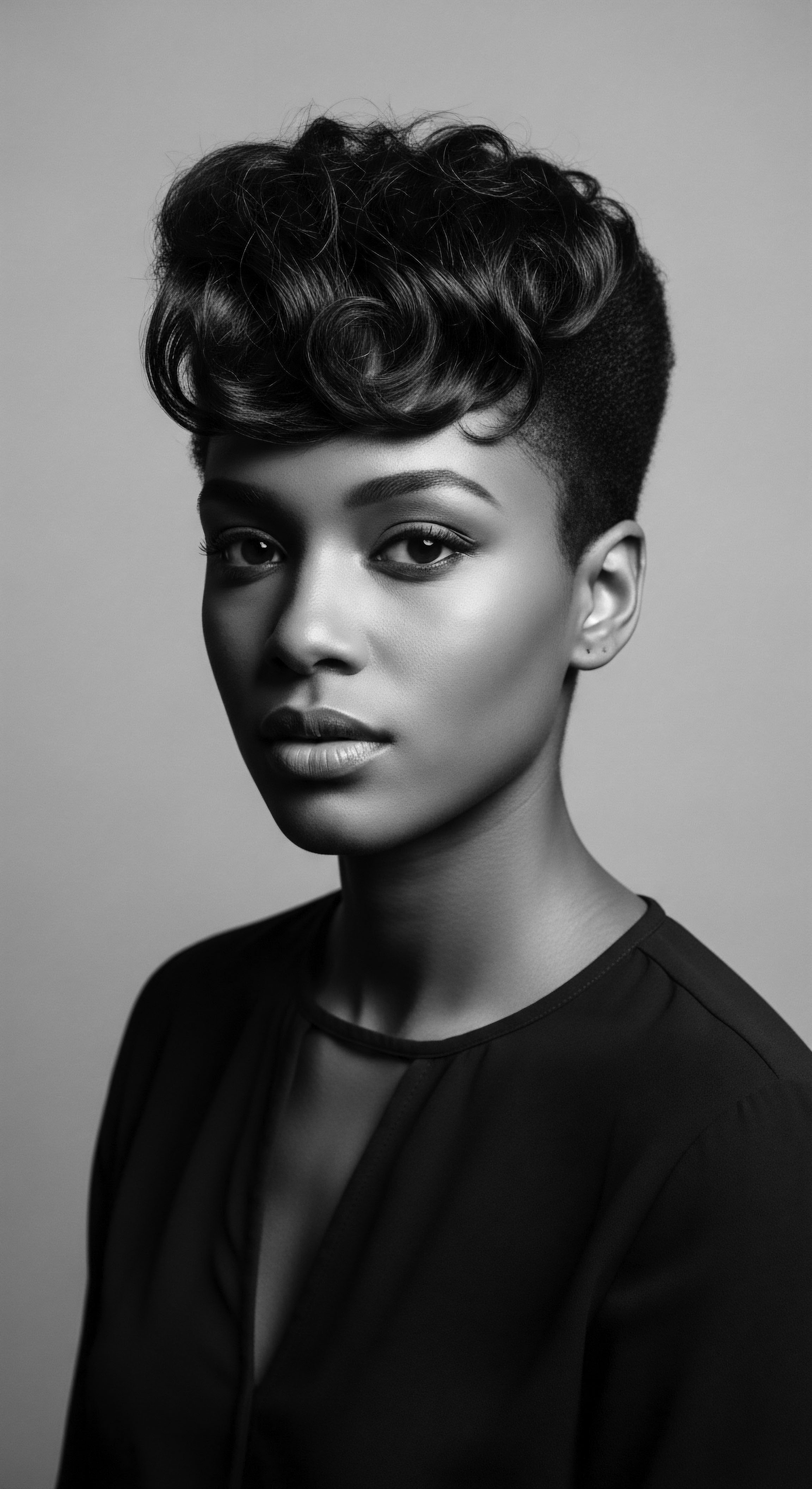
Elemental Biology and Ancestral Practices
The biological reality of textured hair, with its unique curl patterns and structural properties, naturally lent itself to specific care practices developed over millennia. Ancient African civilizations utilized a rich pharmacopeia of natural ingredients sourced from their environment to nourish and protect hair. These practices were not simply cosmetic; they were deeply integrated into holistic wellness, recognizing the scalp and hair as vital components of overall health. The understanding of hair as a living, breathing part of the body, deserving of reverence and mindful attention, was a cornerstone of ancestral wisdom.
The ingenuity of these ancestral practices, often predating modern scientific understanding, is remarkable. The use of natural oils, clays, and herbs to maintain moisture, cleanse, and adorn hair speaks to an intimate knowledge of textured hair’s needs. These traditions laid the groundwork for contemporary natural hair care, demonstrating a continuous lineage of understanding and adapting to the inherent qualities of textured strands.
| Traditional Ingredient/Practice Shea Butter (from Vitellaria paradoxa tree) |
| Ancestral Purpose Deep moisturization, scalp soothing, protective barrier against elements. |
| Modern Scientific Link/Benefit Rich in fatty acids (oleic, stearic), vitamins A and E; known for emollient and anti-inflammatory properties. |
| Traditional Ingredient/Practice Baobab Oil (from Adansonia digitata tree) |
| Ancestral Purpose Nourishment, elasticity, strength, hair growth promotion. |
| Modern Scientific Link/Benefit Contains omega-3 fatty acids, vitamins A, D, E, F; supports scalp health and strengthens hair shaft. |
| Traditional Ingredient/Practice Aloe Vera (various species) |
| Ancestral Purpose Scalp cleansing, soothing irritation, moisture retention. |
| Modern Scientific Link/Benefit Enzymes break down dead skin cells, polysaccharides aid hydration, anti-inflammatory. |
| Traditional Ingredient/Practice Clay (e.g. Rhassoul) |
| Ancestral Purpose Gentle cleansing, detoxification, mineral supply. |
| Modern Scientific Link/Benefit High mineral content (magnesium, potassium, calcium); absorbs impurities without stripping natural oils. |
| Traditional Ingredient/Practice These ancestral insights highlight a timeless wisdom in understanding textured hair's unique requirements, forming a continuous legacy of holistic care. |
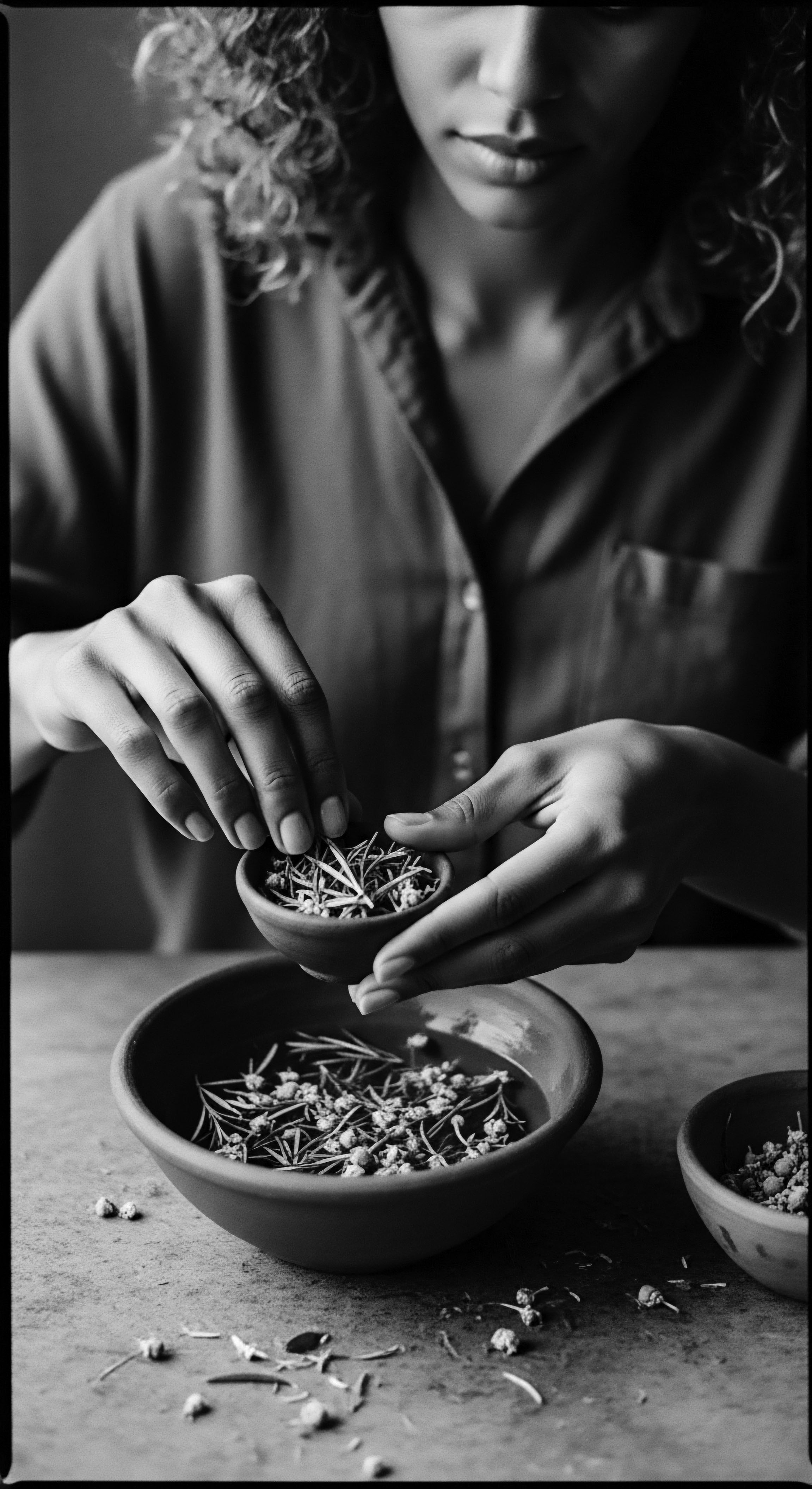
Intermediate
Moving beyond the initial grasp of Identity and Hair, we uncover its more complex layers, particularly how it has navigated the turbulent currents of history and societal shifts. This concept, for textured hair communities, is not static; it is a dynamic testament to survival, resistance, and the continuous redefinition of beauty. The significance of hair becomes amplified when considering periods of oppression, where deliberate attempts were made to sever the intrinsic link between hair and selfhood. Yet, even in the face of such adversity, hair remained a powerful medium for cultural continuity and a symbol of unwavering spirit.
The interpretation of Identity and Hair expands to include the profound ways in which external pressures have shaped internal perceptions, and how communities have collectively responded by reclaiming their hair as a site of pride. This journey involves understanding the mechanisms of cultural devaluation and the subsequent movements of affirmation. The sense of Identity and Hair, therefore, is an ongoing conversation between historical trauma and ancestral triumph, between imposed narratives and self-determined realities.
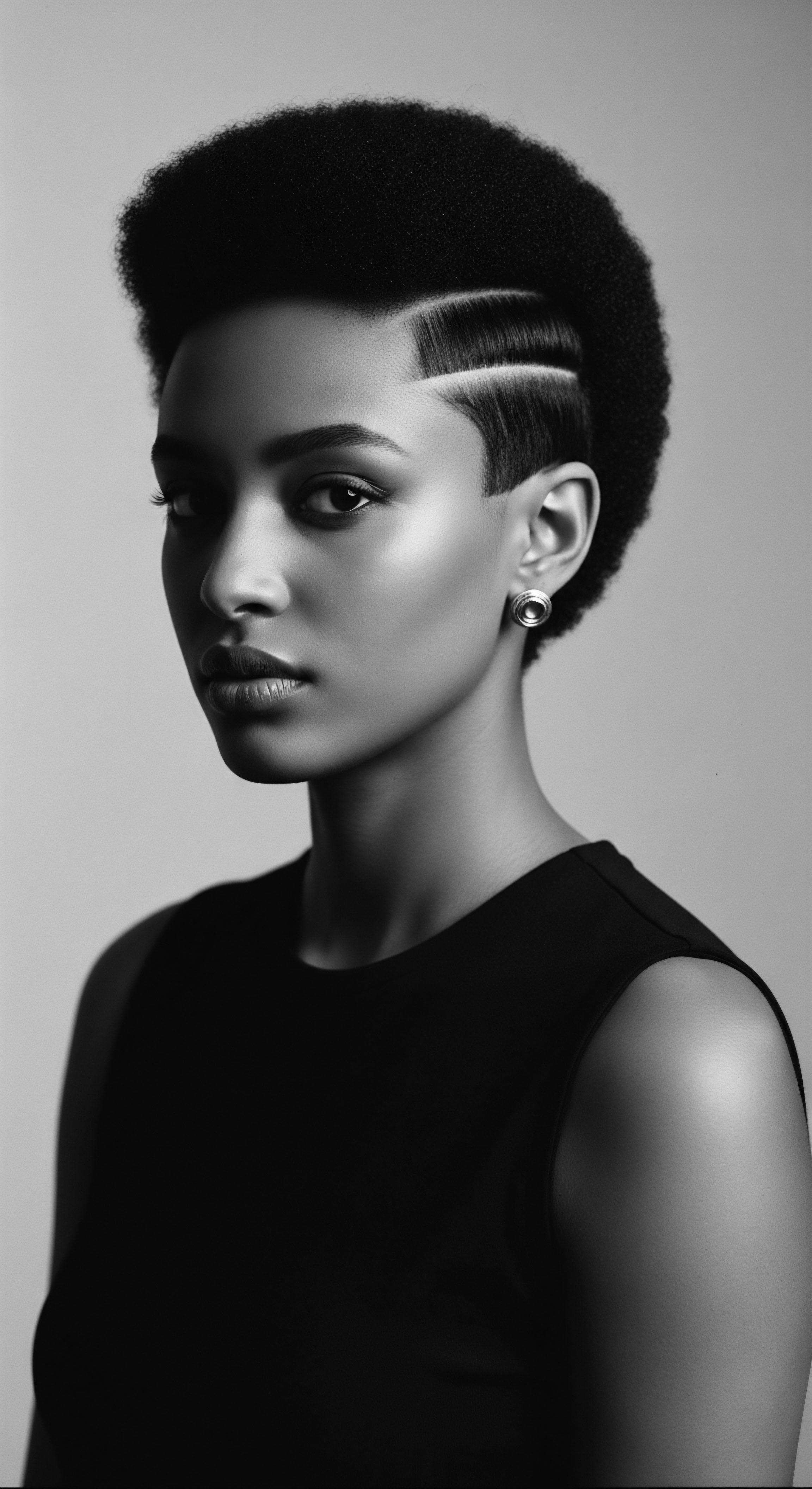
The Unraveling and Re-Braiding of Identity
The transatlantic slave trade marked a brutal disruption of ancestral hair traditions. Enslaved Africans were often subjected to forced head shaving upon arrival, a deliberate act of dehumanization intended to strip them of their cultural markers and communal bonds. This violent imposition aimed to erase their original identities and sever their connection to heritage. Despite these systematic attempts at erasure, the ingenuity and resilience of enslaved people found ways to preserve fragments of their hair practices.
Hair became a covert tool for survival and resistance. For instance, some enslaved African women, particularly rice farmers, braided rice seeds into their hair before forced migration to the Americas, ensuring the survival of essential crops and a piece of their homeland’s culture. Furthermore, cornrows were ingeniously used to map escape routes from plantations, transforming hairstyles into vital conduits of communication and liberation. This profound instance reveals hair not merely as an adornment, but as a silent, powerful accomplice in the pursuit of freedom, a true testament to the enduring spirit of Identity and Hair.
During the era of enslavement, hair transcended its aesthetic function, serving as a clandestine means of communication and a vessel for cultural preservation.
The subsequent centuries saw textured hair subjected to Eurocentric beauty standards, which deemed kinky or coily hair as “unkempt” or “unprofessional.” This societal pressure led many Black individuals to chemically straighten their hair, a practice that became widespread in the 20th century, often at the expense of hair health. The struggle for acceptance within a society that devalued natural Black hair significantly impacted self-perception and mental well-being.
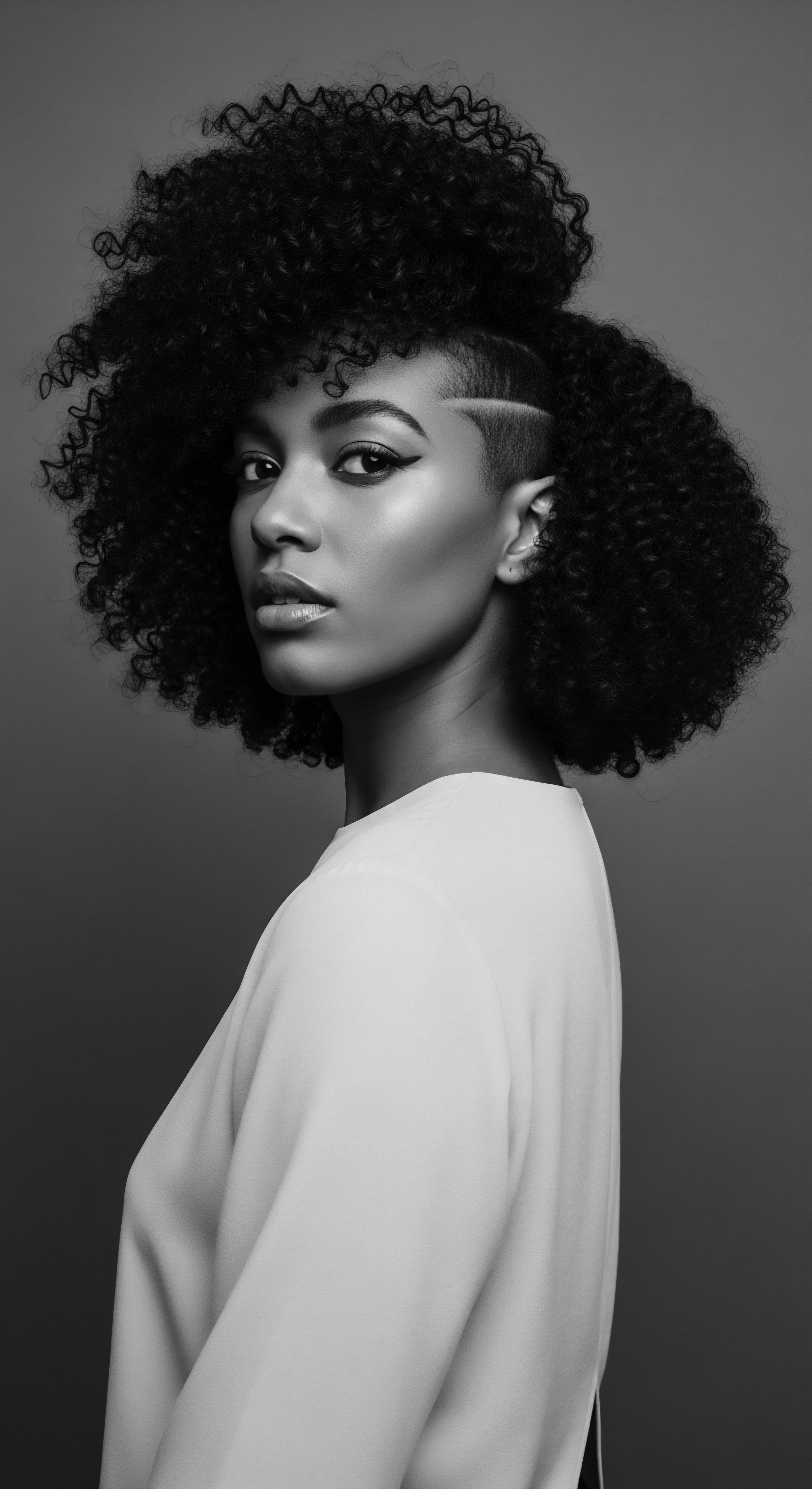
The Collective Affirmation ❉ “Black is Beautiful”
The Civil Rights Movement and the “Black is Beautiful” movement of the 1960s ushered in a powerful resurgence of natural hairstyles. The Afro, in particular, became a potent symbol of Black pride, resistance, and a visible rejection of oppressive beauty norms. Figures like Angela Davis, with her iconic Afro, transformed hair into a political statement, signifying defiance against systemic racism and a reclamation of cultural identity. This period marked a collective re-embracing of textured hair in its natural state, solidifying its meaning as a declaration of self-acceptance and racial solidarity.
The contemporary natural hair movement builds upon this historical foundation, celebrating the diverse textures and styles inherent to Black and mixed-race hair. It is a continuation of the dialogue around Identity and Hair, emphasizing self-love, education about textured hair care, and challenging persistent biases in various social and professional settings.
- The Afro ❉ A symbol of racial pride and political resistance, signifying a return to ancestral aesthetics.
- Cornrows ❉ A continuation of ancient braiding techniques, used for protective styling and cultural expression, sometimes carrying hidden meanings.
- Locs ❉ Representing spiritual connection, longevity, and a deep commitment to natural hair, often linked to Rastafarianism and other spiritual paths.
- Twists and Braids ❉ Versatile protective styles that honor traditional practices while offering modern versatility and promoting hair health.
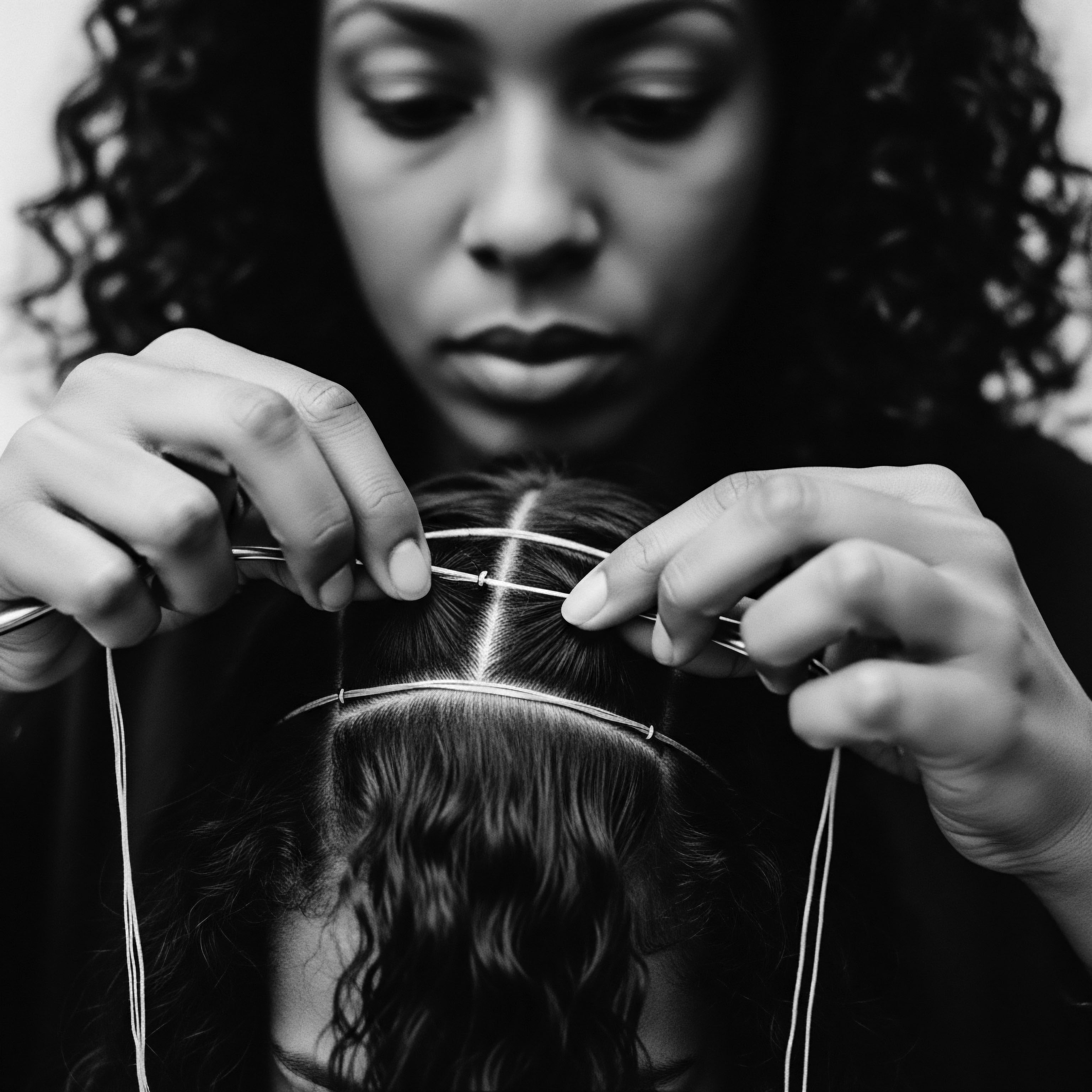
Academic
The academic delineation of “Identity and Hair” extends beyond mere descriptive accounts to a rigorous examination of its complex psycho-social, historical, and cultural mechanisms, particularly within the context of textured hair. This scholarly interpretation posits that Identity and Hair represents a profound semiotic system, where the morphological characteristics of hair and its subsequent styling act as powerful signifiers of individual and collective subjectivity. It is a critical site where biology intersects with sociology, psychology, and cultural anthropology, yielding a nuanced understanding of selfhood and belonging, especially for Black and mixed-race populations. The elucidation of this concept necessitates an analytical lens that considers both the inherent properties of textured hair and the socio-political constructions imposed upon it.
From an academic standpoint, the meaning of Identity and Hair for individuals with textured strands is not merely an aesthetic choice but a deeply embedded component of racial identity development and self-esteem. It encapsulates the internalization of beauty standards, the negotiation of social acceptance, and the assertion of cultural heritage against dominant, often Eurocentric, ideals. This comprehensive exploration delves into the historical subjugation of textured hair, the psychological impact of such devaluation, and the subsequent movements of reclamation as acts of agency and resistance. The statement of Identity and Hair becomes a performative act, a declaration of cultural continuity and a challenge to hegemonic beauty paradigms.
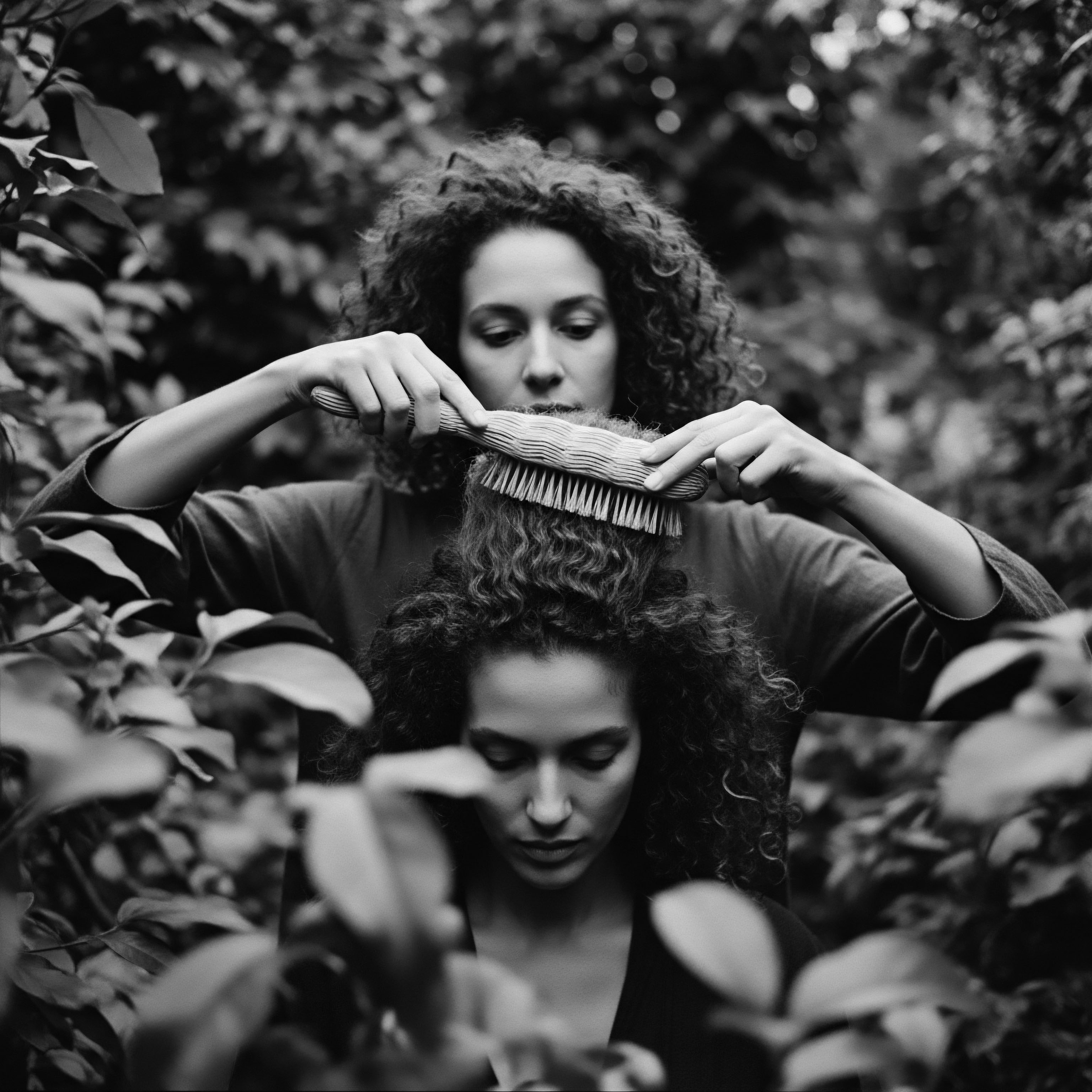
The Socio-Historical Construction of Hair Identity
The significance of hair, particularly textured hair, as a marker of identity is a socio-historically constructed phenomenon, not an inherent biological one. In pre-colonial African societies, hair was intricately linked to social structure, spirituality, and communication. Hairdressers, known as Onídìrí among the Yoruba, held esteemed positions, reflecting the sacredness and complexity of hair practices. The Yoruba concept of Orí, the spiritual head, directly correlates with the physical head and hair, signifying destiny and character.
This connection highlights a worldview where physical appearance, especially hair, was a direct manifestation of one’s inner being and cosmic alignment. Elaborate hairstyles, such as the Sùkú or Kojusoko, were not just decorative; they were visual narratives of age, marital status, community roles, and even spiritual devotion.
However, the onset of the transatlantic slave trade systematically dismantled these indigenous systems of meaning. The forced shaving of heads was a calculated act of cultural genocide, severing the visible link to ancestral heritage and imposing a uniform, dehumanized appearance upon enslaved individuals. This initial act of erasure set a precedent for centuries of racialized hair politics, where textured hair was denigrated and pathologized as “unkempt,” “wild,” or “unprofessional.” This historical devaluation led to the internalization of negative perceptions among Black communities, creating a psychological burden associated with natural hair.
The persistent societal bias against textured hair is not merely anecdotal; it is substantiated by research. For example, the 2016 “Good Hair” Study by Perception Institute revealed that, on average, White women exhibit explicit bias toward Black women’s textured hair, rating it as less beautiful, less sexy/attractive, and less professional than smooth hair. Furthermore, the majority of participants, regardless of race, showed implicit bias against Black women’s textured hair.
This research underscores the pervasive nature of hair discrimination, demonstrating how deeply ingrained Eurocentric beauty standards remain within contemporary society. Such biases have tangible consequences, impacting employment, educational opportunities, and overall self-esteem for Black individuals.
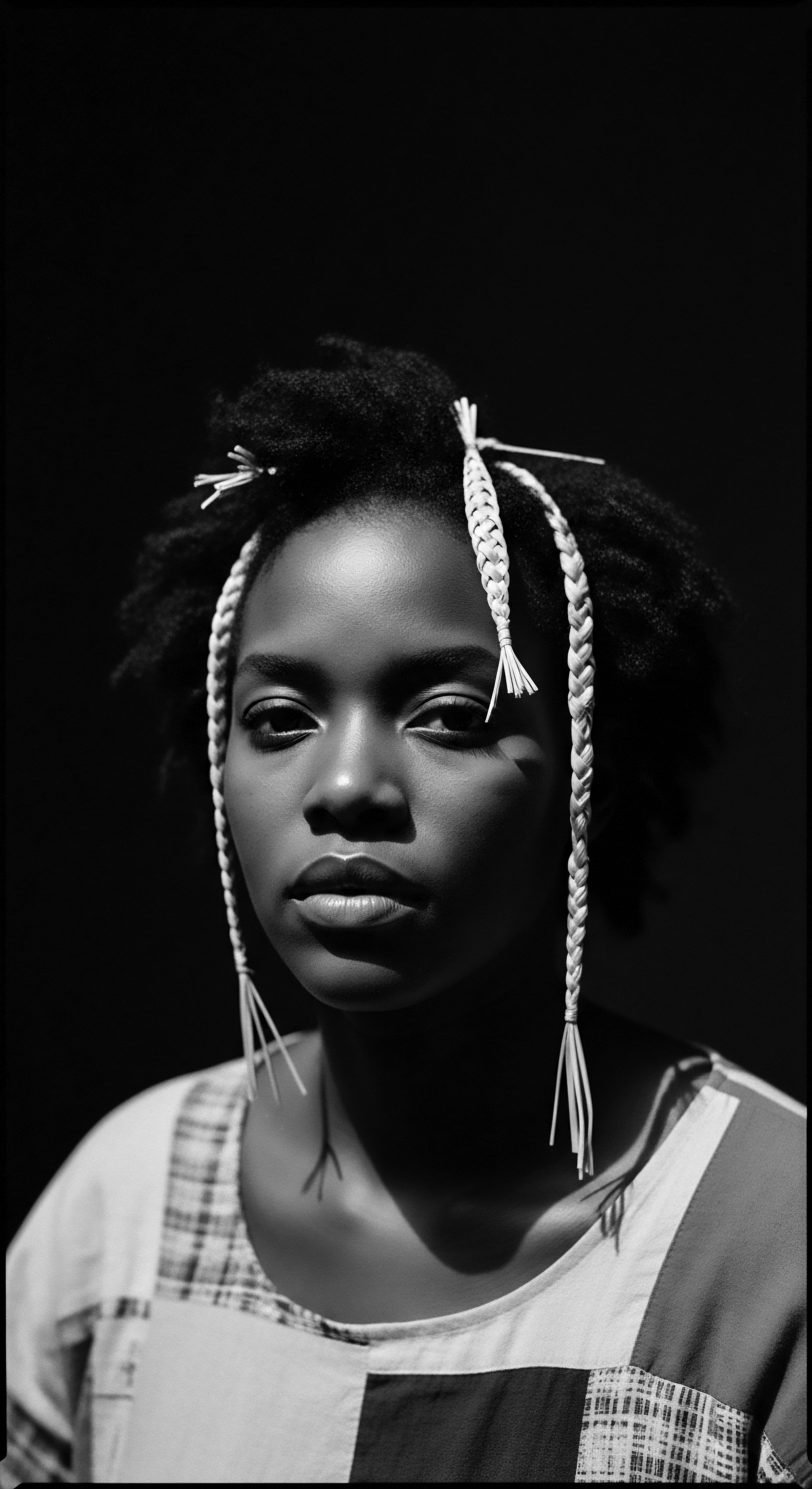
Hair as a Site of Resistance and Psychological Reclamation
Despite enduring systemic pressures, textured hair has consistently served as a powerful medium for resistance and self-determination. The historical example of the Tignon Laws in 18th-century Louisiana provides a compelling illustration. In 1786, the Spanish colonial government enacted laws requiring free women of color to cover their hair with a tignon (a headscarf). This legislation was an overt attempt to control Black women’s public presentation, specifically targeting their elaborate and influential hairstyles which were seen as competing with the appearance of White women.
Yet, these women responded with remarkable creativity and defiance, transforming the mandated headwraps into ornate, colorful, and highly stylized statements of their enduring identity and resilience. They adorned their tignons with jewels, ribbons, and intricate folds, effectively subverting the law’s oppressive intent and reclaiming their agency through sartorial expression. This historical episode demonstrates how an act of subjugation was met with innovative cultural resistance, turning a symbol of oppression into a badge of honor and a continuation of ancestral adornment practices.
The psychological ramifications of hair discrimination are significant. Research indicates that Black girls, from early development, often receive messages devaluing their natural hair, which can negatively impact their self-esteem, body image, and racial identity. Conversely, a positive relationship with one’s hair is linked to higher self-esteem and acceptance.
The burgeoning natural hair movement in the 21st century represents a collective psychological reclamation, a deliberate choice to align identity with natural hair textures and ancestral aesthetics. This movement is not merely a trend; it is a profound socio-cultural phenomenon that challenges internalized anti-Black attitudes and promotes self-defined beauty ideals.
The ongoing legislative efforts, such as the CROWN Act (Creating a Respectful and Open World for Natural Hair), which prohibits race-based hair discrimination, are direct responses to these persistent societal biases. The fact that such legislation is necessary in the modern era underscores the enduring political dimension of textured hair. These acts acknowledge that hair choices are deeply personal and cultural, and that discrimination based on hair texture is a form of racial discrimination.
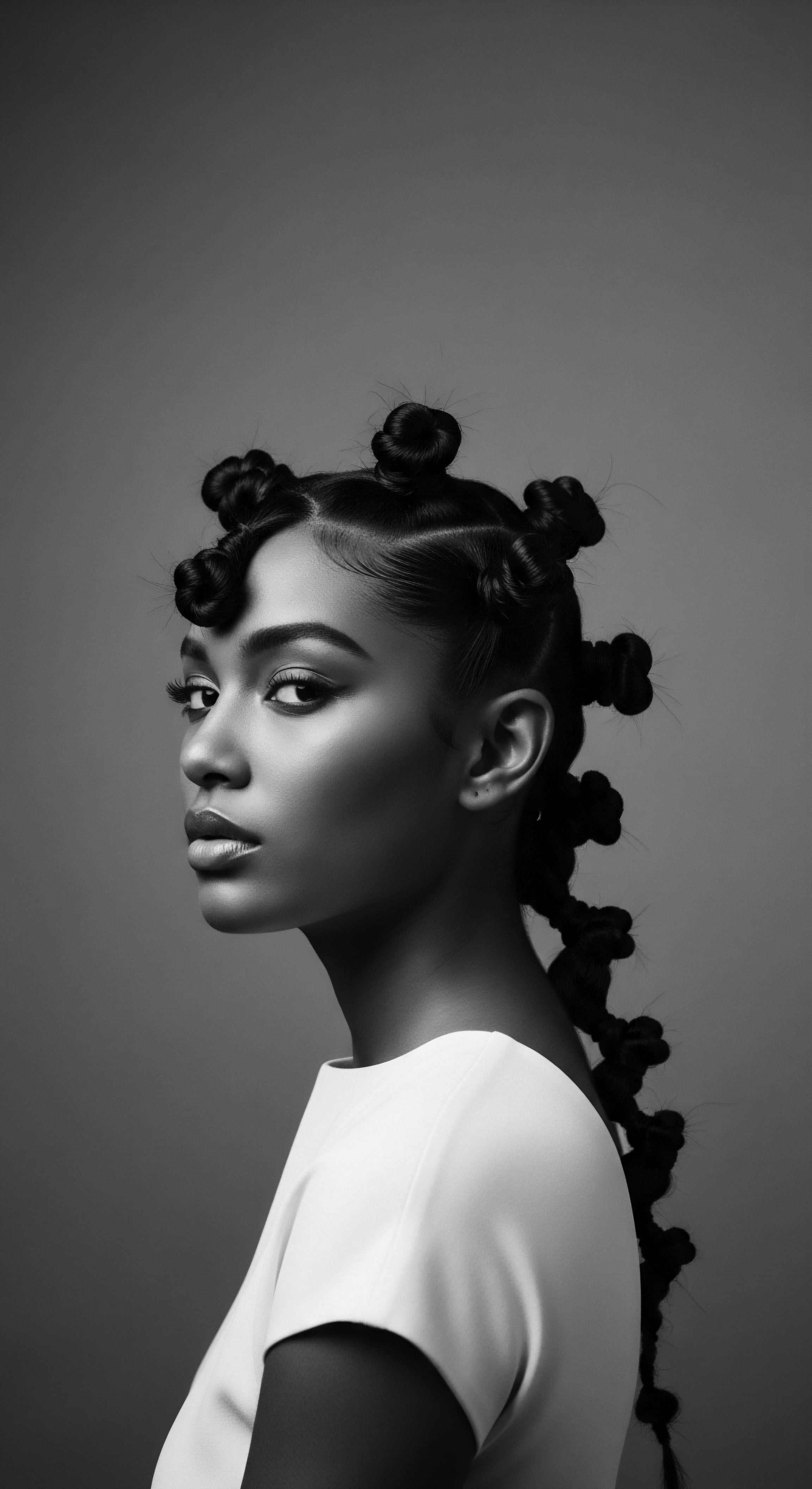
Interconnected Incidences ❉ Hair, Health, and Community
The meaning of Identity and Hair also extends into the realm of health and communal well-being. Historically, hair care rituals were communal events, fostering social bonds and transmitting cultural knowledge. This communal aspect was crucial for mental and emotional health, providing spaces for connection and shared experience. The modern salon or barber shop for Black communities often retains this function, serving as a hub for socialization, information exchange, and community building.
From a biological and health perspective, understanding textured hair’s unique structural properties is paramount. Its characteristic curl pattern makes it more prone to dryness and breakage, necessitating specific care practices that differ from those for straighter hair types. The historical lack of culturally competent dermatological care and the proliferation of harsh chemical relaxers contributed to hair and scalp health issues within Black communities.
The contemporary emphasis on natural hair care often involves a return to traditional practices, utilizing natural ingredients and protective styling, which can significantly improve hair health. This holistic approach validates ancestral wisdom through modern scientific understanding, bridging the gap between historical practices and contemporary wellness.
The connection between Identity and Hair, when viewed through an academic lens, reveals a complex interplay of historical oppression, cultural resilience, psychological well-being, and community solidarity. It is a field ripe for continued interdisciplinary research, exploring how this fundamental aspect of self continues to shape experiences and drive social change within textured hair communities globally. The significance of this exploration lies in its capacity to illuminate the enduring power of cultural heritage in defining individual and collective identity.

Reflection on the Heritage of Identity and Hair
As we conclude this exploration of Identity and Hair, a profound sense of reverence for the journey of textured hair heritage settles upon us. It is a testament to the enduring spirit of communities who, despite centuries of challenge, have held fast to their ancestral legacy, allowing their hair to speak volumes. The meaning embedded within each coil, each strand, each carefully crafted style, whispers stories of resilience, of vibrant cultural continuity, and of an unbreakable connection to lineage.
The path from elemental biology to the intricate social semiotics of hair reveals a continuous thread of wisdom. From the communal rituals of ancient Africa, where hair was a sacred map of self and society, to the defiant artistry of the Tignon Laws, where headwraps became crowns of resistance, and onward to the contemporary natural hair movement, a powerful narrative unfolds. This narrative reminds us that Identity and Hair is not a fixed concept; rather, it is a living, breathing archive, constantly being written and rewritten by those who carry its heritage. It is a source of strength, a wellspring of beauty, and a profound declaration of who we are, woven into the very fabric of our being.
The journey of Identity and Hair within textured heritage is a timeless echo of ancestral strength, continually shaping self-perception and cultural expression.
To care for textured hair, then, is to honor this deep past, to listen to the whispers of generations who understood its unique needs and celebrated its inherent magnificence. It is an act of self-love that extends beyond the individual, reaching back through time to acknowledge the collective wisdom that preserved this heritage. The future of Identity and Hair, therefore, lies in this conscious recognition and celebration, allowing every strand to continue its eloquent discourse of history, pride, and unbounded possibility.
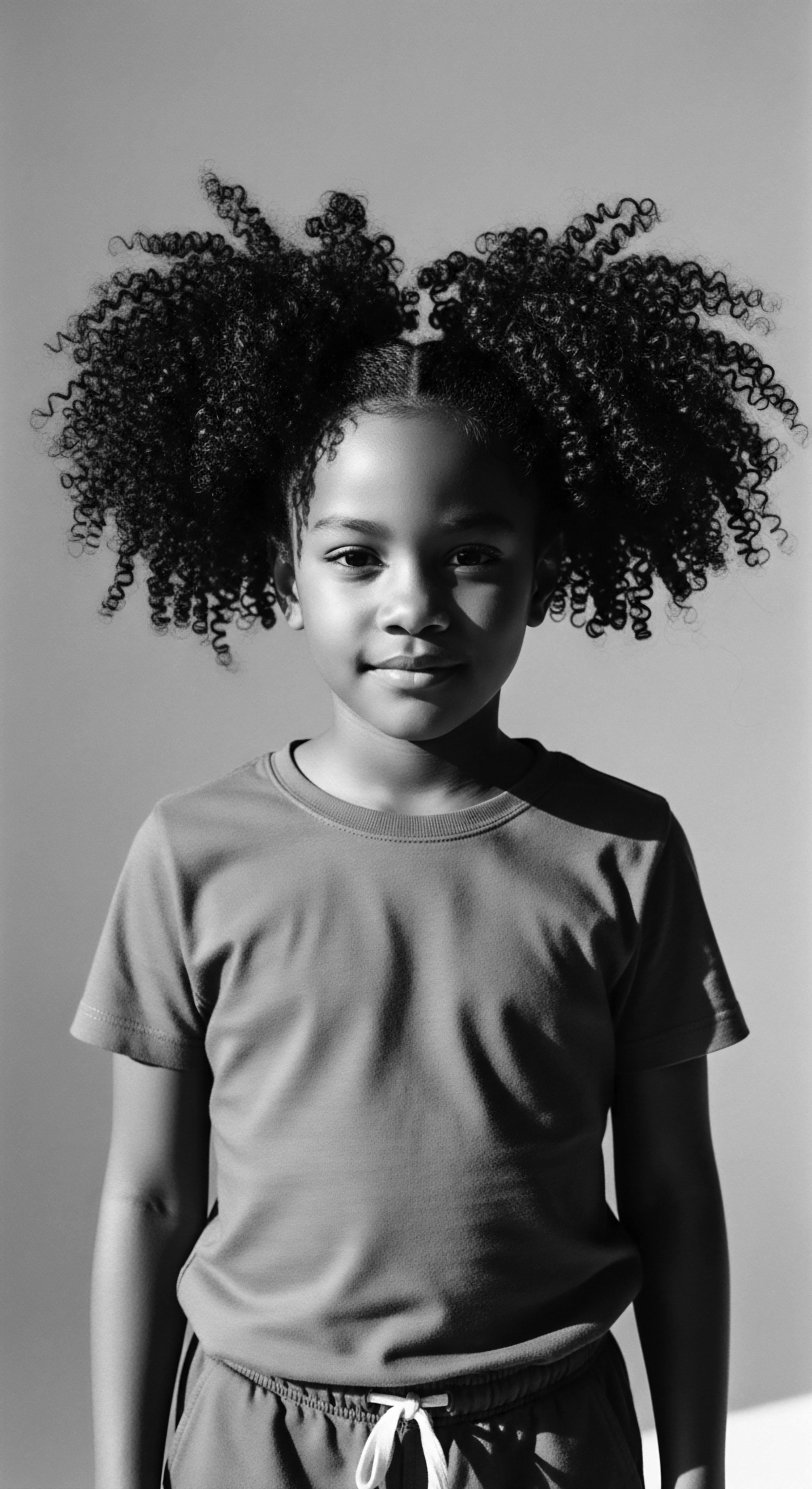
References
- Byrd, A. D. & Tharps, L. (2001). Hair Story ❉ Untangling the Roots of Black Hair in America. St. Martin’s Publishing.
- Caldwell, K. (2003). African Hair and the Body ❉ A Cultural History. University of Illinois Press.
- Essel, E. (2023). The Cultural Significance of African Hair. In The SAGE Encyclopedia of African Cultural Heritage in North America. SAGE Publications, Inc.
- Johnson, T. & Bankhead, T. (2014). The Psychology of Black Hair ❉ An Exploration of Identity, Culture, and Self-Esteem. Journal of Black Studies, 45(1), 80-94.
- Mercer, K. (1987). Black Hair/Style Politics. New Formations, 3, 33-52.
- Patton, M. T. (2006). Natural Hair and the Black Woman’s Identity ❉ A Sociological Exploration. The Journal of Pan African Studies, 1(4), 105-119.
- Rooks, N. M. (1996). Hair Raising ❉ Beauty, Culture, and African American Women. Rutgers University Press.
- Rosado, S. (2003). Hair as a Cultural Signifier in the African Diaspora. In Black Cultural Traffic ❉ Crossroads in Global Performance and Popular Culture. Manchester University Press.
- Sherrow, V. (2006). Encyclopedia of Hair ❉ A Cultural History. Greenwood Press.
- Tate, S. (2007). Black Beauty ❉ African American Women and the Politics of Race and Identity. Ashgate Publishing, Ltd.
